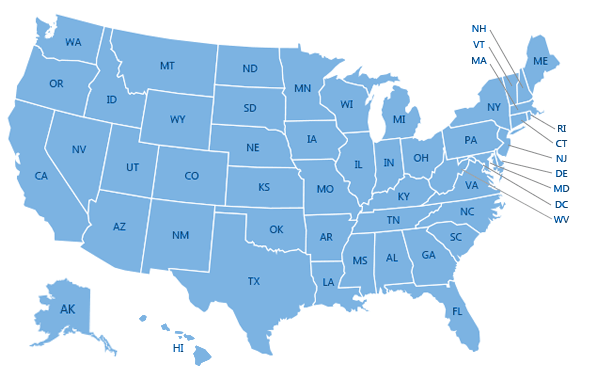RSV State Trends
Updated April 18, 2024
« Back to Respiratory Syncytial Virus (RSV) Surveillance
Participating laboratories report weekly to CDC the total number or RSV tests performed that week, and the number of those tests that were positive. Because reporting delays may be expected for some laboratories, data shown for the most recent weeks, in particular the most recent two weeks, may be less complete than others. Each point on the trend graphs below displays the average number of RSV tests that were performed, and the average percent of those that were positive from three adjacent weeks: the specified week, and the weeks preceding and following it. This is also known as a centered 3-week moving average. The RSV detection graphs below display the 5 week moving average (average of the 4 previous and current weeks) in accordance with the recommendations for assessing RSV trends by detections.
State-level trends are only displayed when two or more labs report RSV testing data for at least 36 of the prior 52 weeks presented by diagnostic method. If data for a state are too sparse to display during a particular week, we recommend viewing the trends at the HHS Region or Census Division level that contains the state of interest.
In the United States, annual community outbreaks of RSV infections typically occur during late fall, winter, and early spring. There may be variation in the timing of outbreaks between regions and between communities in the same region.
Total Antigen Tests
Data for recent weeks may be incomplete due to delays in reporting. These preliminary data are shaded gray and may change as more data become available.
Total PCR Tests
Data for recent weeks may be incomplete due to delays in reporting. These preliminary data are shaded gray and may change as more data become available.
Detections
Data for recent weeks may be incomplete due to delays in reporting. These preliminary data are shaded gray and may change as more data become available.
